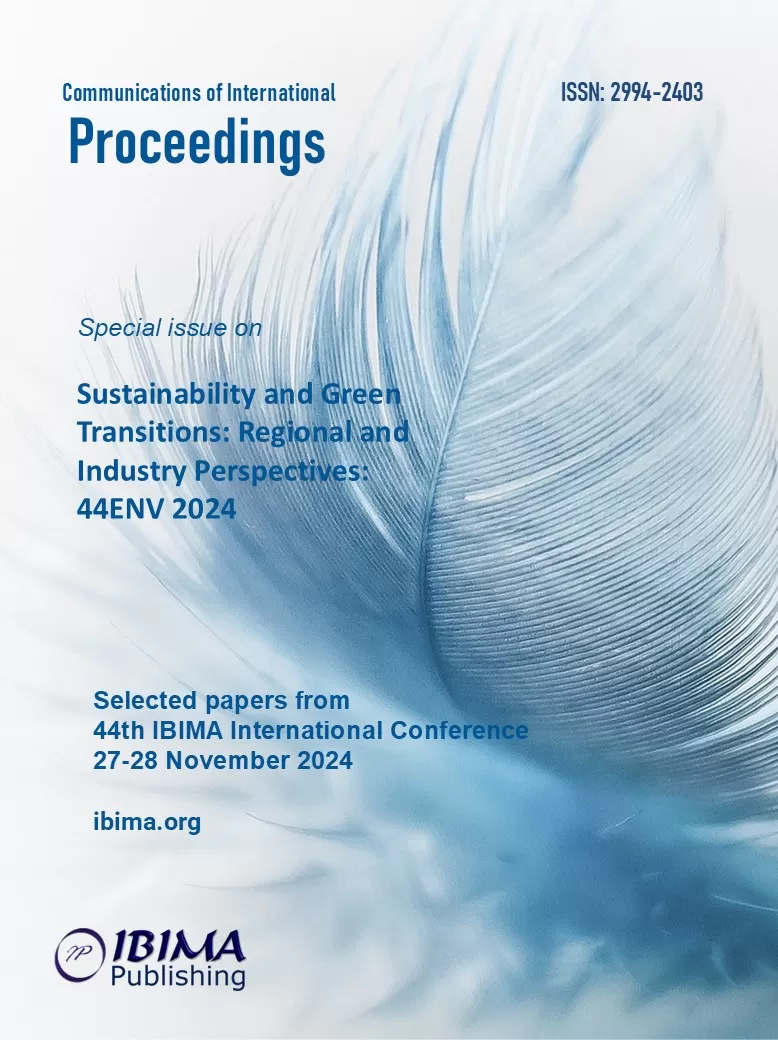
Paul CALANTER1, Andreea – Emanuela DRĂGOI2 and Cornelia NEAGU3
1,2 Institute for World Economy, Romanian Academy, Bucharest, Romania
3 Center for Industry and Services` Economics, Romanian Academy, Bucharest, Romania

This paper aims to provide a comprehensive overview of Romania’s progress in the green transition compared to other Central and Eastern European (CEE) countries. The main objective is to assess the extent to which the implementation of the European Green Deal has shaped the region’s environmental policies and economic strategies. The methodology is based on a quantitative analysis of key indicators that are crucial for evaluating green transition efforts, including greenhouse gas emissions, use of recycled materials, development of renewable energy sources, adoption of zero-carbon vehicles, and environmental protection expenditure as a share of GDP. By examining these indicators, the study highlights both the advancements and the persisting challenges faced by CEE countries in aligning with the EU’s ambitious sustainability goals. The findings reveal that while all CEE countries have made progress, the pace and areas of improvement vary significantly. In particular, Romania stands out as a strong performer in terms of accelerating the green transition, especially in renewable energy development and the adoption of zero-carbon vehicles. However, the analysis also underscores Romania’s slower progress in increasing the rate of recycled material usage, which remains an area requiring further attention. Overall, the research concludes that the European Green Deal has served as a pivotal catalyst for advancing environmental policies across the region, but the transition process remains uneven, necessitating more targeted strategies to address country-specific gaps and promote a balanced and sustainable growth trajectory.